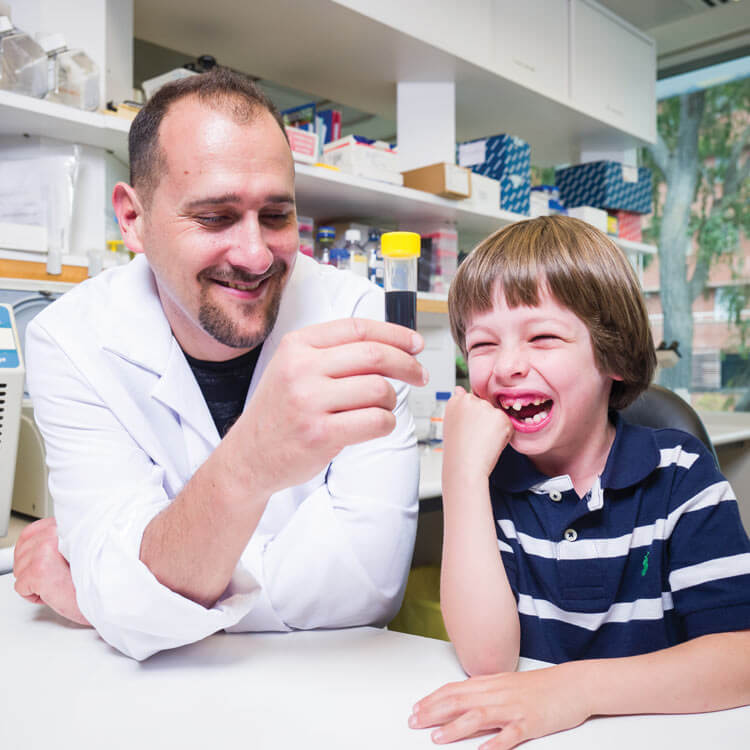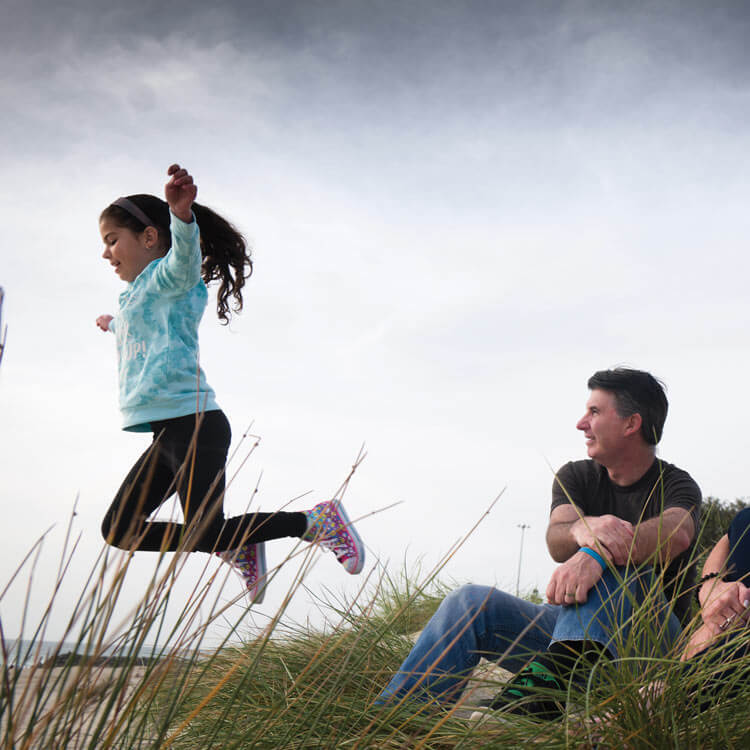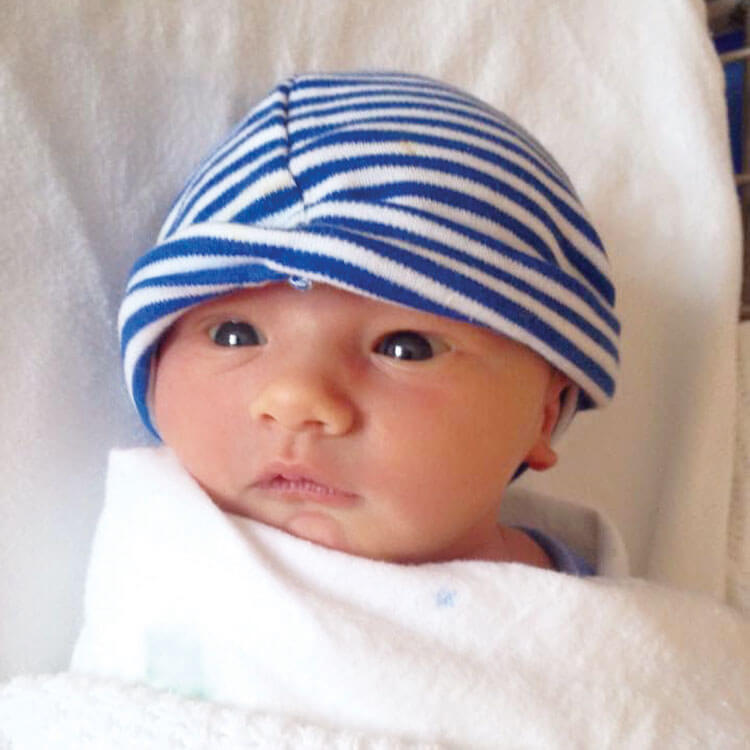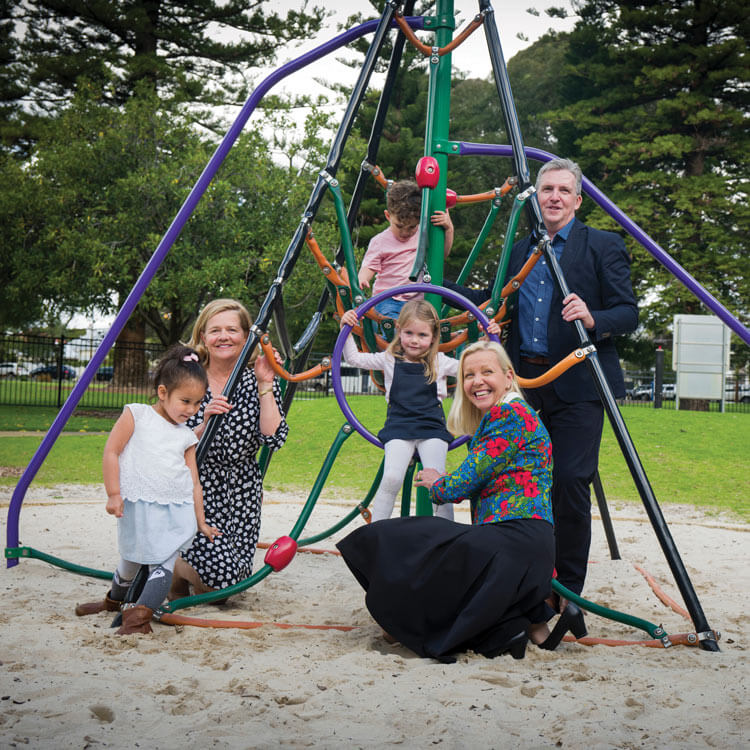Search

News & Events
Embrace Co-Director appointed AusPATH PresidentEmbrace Co-Director Ashleigh Lin has been appointed President of the Australian Professional Association for Trans Health (AusPATH).

Thanks to an enabling donation from the Stan Perron Charitable Foundation, The Kids Research Institute Australia is home to one of the first paediatric personalised medicine research centres in the world.

Hope ahead for children with CF, as life expectancy continues to grow thanks to research.

The quest to stop infectious diseases from killing our kids

Minderoo Foundation and The Kids join forces to give children the best possible start.

In anticipation of moving to our new home within the Perth Children’s Hospital, The Kids would like to thank both the State and Federal governments for fun

We want to ensure parents and carers have textbook tips for how to help their children deal with the pressures associated with studying for stressful assessments and for dealing with the results, whatever they may be.

Embrace @ The Kids Research Institute Australia is Western Australia’s first research collaboration devoted to the mental health of infants, children and young people ages 0-25.
The Health Promotion and Education Research Program, led by Head Professor Donna Cross, combines over 14+ years of cyber safety research, involving over 30 projects investigating young people’s online behaviours, totalling over $5 million in funding since 2007.
Cyberbullying is when an individual or a group repeatedly uses Information and Communication Technologies (ICT) to intentionally fear, distress, or harm to another person, who finds it hard to stop it from happening.
